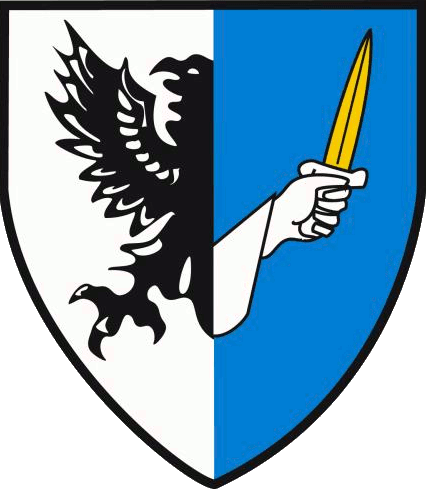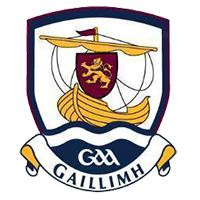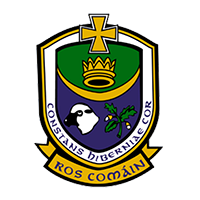Hurling
|
| Skill |
Common Faults |
Common Causes |
Corrections & Adjustments |
| Ground Strike |
Not striking the sliotar |
Lifting the head up to follow the ball |
Keep the head down, looking at the original position until the follow through |
| Not stand close enough to the ball |
Hold the Hurl at the top with the dominant hand, place the bas of the hurl beside the ball, while standing upright |
| Pick Up (jab lift/ roll lift) |
Player isn’t rising the ball. Sliotar is moving away from the player |
Hurl is being held at too great an angle |
Make sure the Hurl is being held level/ parallel with the ground |
| Catching the ball in the dominant hand; this may lead to difficulty when attempting to strike the ball |
To correct, ensure that the non-dominant hand is released to catch the ball |
| Holding the hurl with the ‘toe’ facing inwards; this may lead to difficulty in sliding the hurl under the ball |
To correct, the hurl is turned to face the ‘toe’ away from the body |
| The Dribble |
Player loses control of the sliotar |
The toe of the hurl is facing towards the ground |
Place the heel of the hurl on the ground |
| Player has one hand on the hurl |
Ensure player always has two hands on the hurl |
| The player is holding the hurl with both hands at the top |
Make sure the dominant hand is at the top of the stick, and the other half way down the hurl for controlled possession |
| Striking from the hand |
Missing the ball completely |
Holding the hurl at too long at the grip |
Hold the hurl short initially before gradually moving to hold it at full length |
| Placing the non-dominant hand above the dominant hand on the hurl; this may limit their ability to adapt the strike in a game situation |
Place the non-dominant hand below the dominant hand (close to the butt of the hurl) in the lock position |
| Tossing the ball up too high or too far in front |
Practice simply tossing the ball up to shoulder height and catching it |
| Ground Flick |
Missing the ball |
Not getting close enough to the opponent; may be exposed to being struck during the follow through |
Make shoulder to shoulder and hip to hip contact. |
| Taking the eyes off the ball, this may mean missing the ball entirely |
Keep the head down and eyes on the ball until the flick is complete |
| Performing the swing too slowly. |
Use a quick, wristy action to swing for the ball |
| Controlling a moving ball |
Failing to stop or control the ball |
Holding the hurl at full length |
Shorten the grip by holding the hurl further down the handle with both hands |
| Not getting your body behind the ball
|
Make sure you are in a strong position with body behind the ball, and be on your toes |
| Hand pass |
Player seems to get little or no distance or accuracy when hand passing |
Player may be throwing the sliotar too high into the air |
Coach how to hand pass the ball off the other hand while it rests there. |
| Player’s arm may be pointing away from the intended target/ teammate |
Coach how to finish your arm pointing in the direction you want the sliotar to go to |
| Player may be striking the sliotar off their fingertips or palm of their hand |
Coach how to hand pass where your fingers and palm of your hand meet, for best accuracy |
| Solo |
Sliotar keeps falling off the players hurl |
Player is trying to solo holding the hurl at the end of the hurl |
Coach player to hold the hurl with dominant hand, half way up the hurl |
| Player is holding the hurl at an angle, sliotar keeps rolling off |
Player should be holding the hurl at parallel. Use a beanbag to grow confidence first if need |
| Frontal Ground Block |
Missing the ball, producing a weak tackle |
Not extending the dominant arm. The opponent’s hurl may slide up and injure the tackling player |
Extend the dominant arm fully, placing the hurl perpendicular to the ground |
| Hook |
Missing the hook tackle/ sliotar |
Attempting to Hook from the front |
take up position behind the opponent |
| Trying to do a timed flick |
Hold the hurl out on the path of the swing |
| Not striding into the tackle and extending the arm |
Take up position an appropriate distance behind the opponent |
| Frontal Block |
Missing the tackle |
Dropping the hurl below the striking hurl, the opponent’s
hurl may follow through and strike the blocking player |
block down firmly on both the ball and the opponent’s hurl as the ball is about to be struck |
| The tackler getting hurl |
The holding the hurl with the
dominant hand at the top, the other hand half way up the hurl |
Ensure both hands are held at the top of the hurl, so the tackler doesn’t get hurl |






